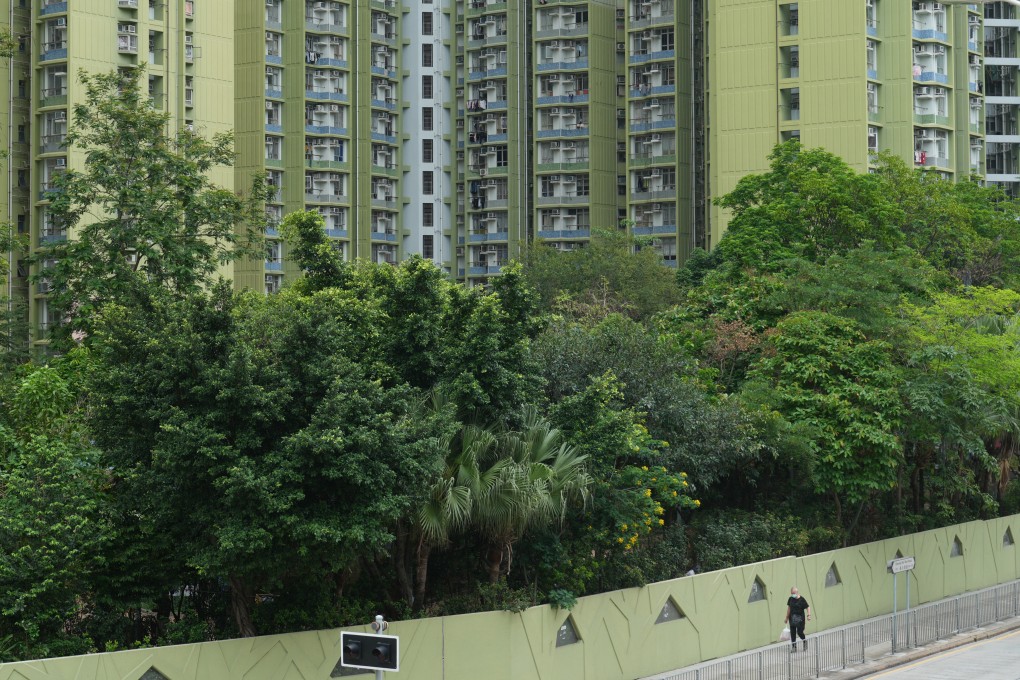Advertisement
Letters | In helping Hong Kong’s low-income households, watch unintended effects
- Readers discuss the link between affordable housing and employment, the safety of illegal building works at Redhill Peninsula, and why Hong Kong needs more young people in the public sector
Reading Time:3 minutes
Why you can trust SCMP
5

Feel strongly about these letters, or any other aspects of the news? Share your views by emailing us your Letter to the Editor at [email protected] or filling in this Google form. Submissions should not exceed 400 words, and must include your full name and address, plus a phone number for verification.
In addressing the issue of affordable housing for low-income families in Hong Kong, some government measures may have unintended consequences. Recent research shows the measures could have reduced incentive for members of low-income households to participate in the labour force and increased their dependence on welfare.
According to a research report published by the Legislative Council, the average monthly public housing benefits increased significantly, from HK$240 in 2006 to HK$1,060 in 2021. In the same period, the median monthly rent for private housing also increased, from HK$5,500 to HK$12,000, according to census data. However, as only the low-income families living in public rental units get housing benefits, this means that those families ineligible or waiting for public housing have had to endure private rent increases and higher rent-to-income ratios.
Advertisement
Meanwhile, the report suggests that government measures may have led to lower workforce participation among low-income households, as they may choose to rely on benefits rather than seek employment.
The report reckons that the growth in non-labour income among low-income households has been primarily driven by government benefits, rather than wage growth. These findings merit policy attention.
Advertisement
To address these issues, the government may need to consider implementing policies that encourage members of low-income households to participate in the workforce, such as by providing job training and education, increasing the minimum wage, and improving access to childcare and healthcare.
Advertisement
Select Voice
Choose your listening speed
Get through articles 2x faster
1.25x
250 WPM
Slow
Average
Fast
1.25x